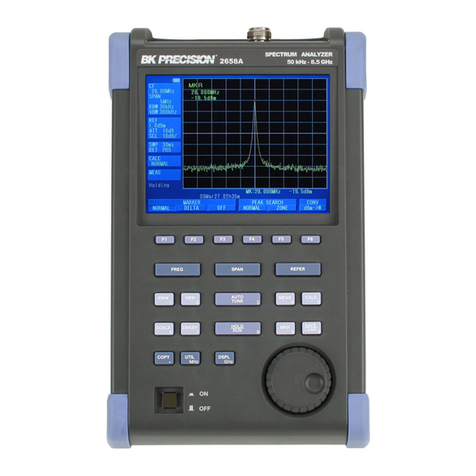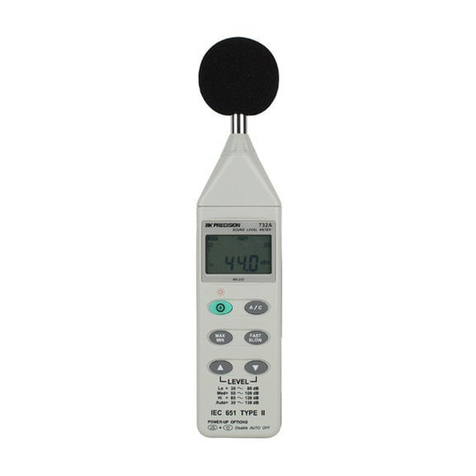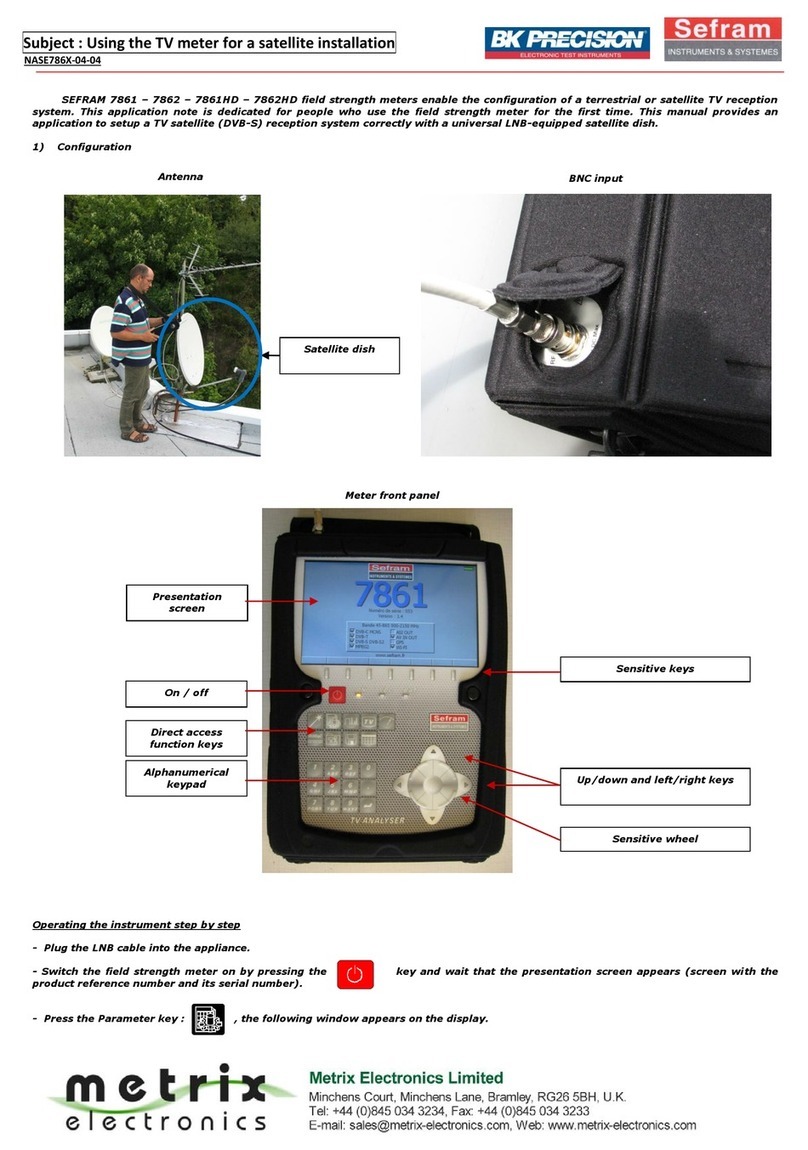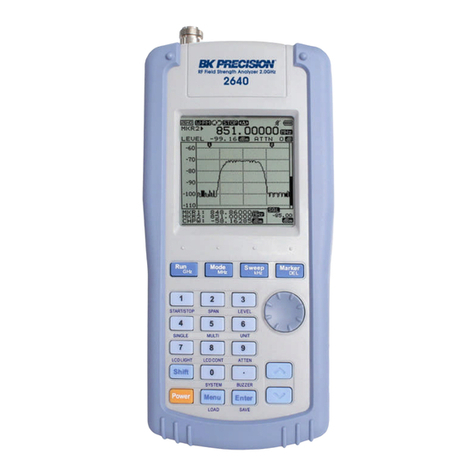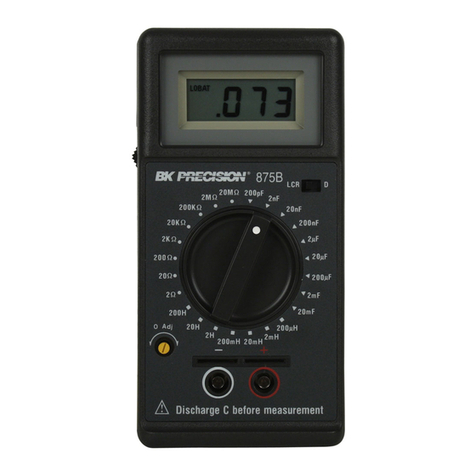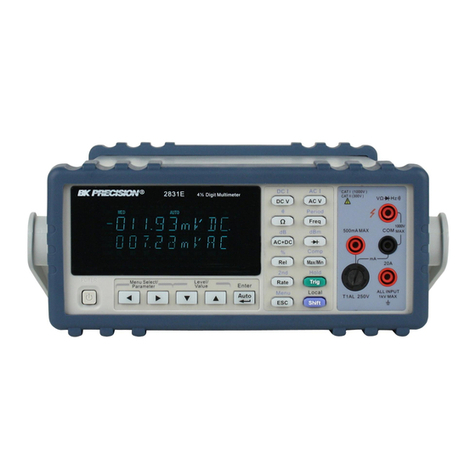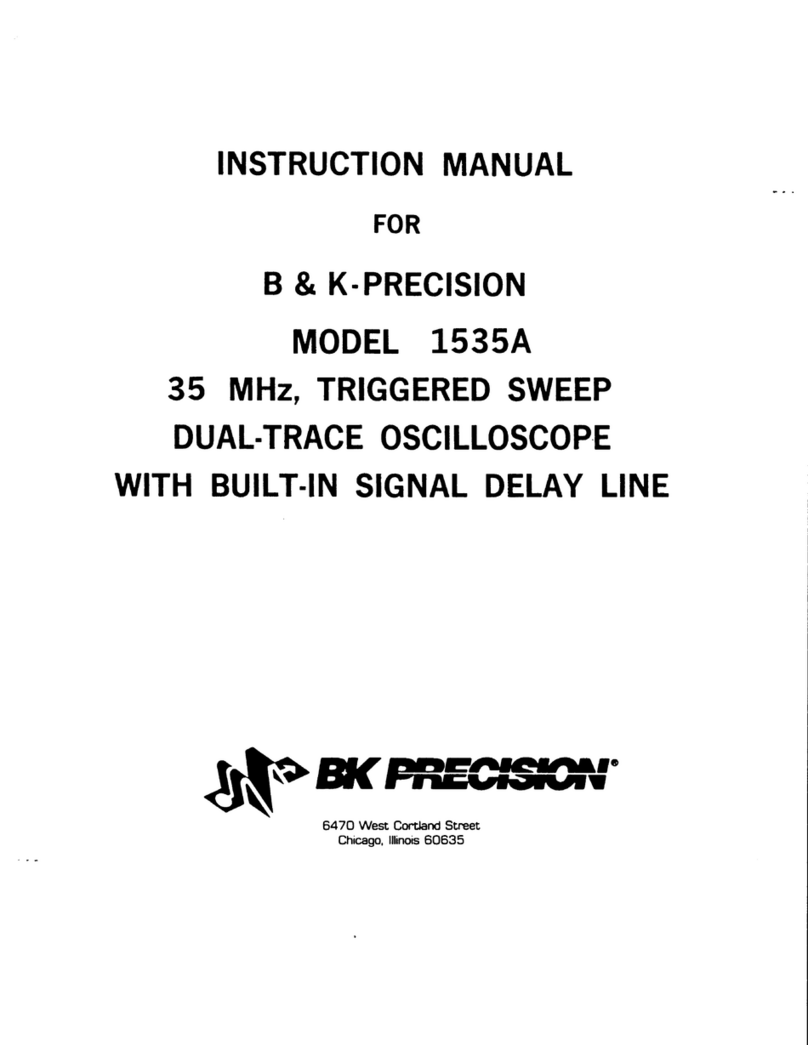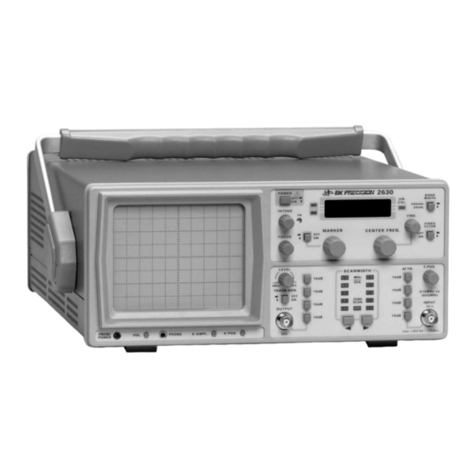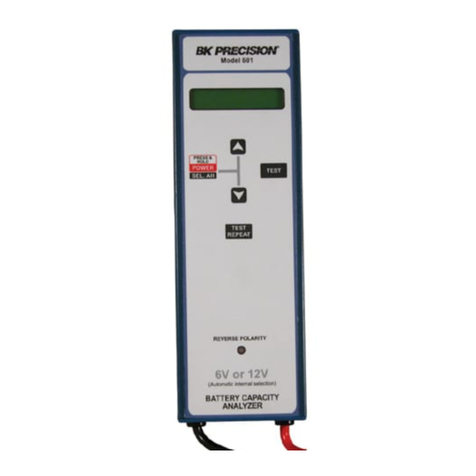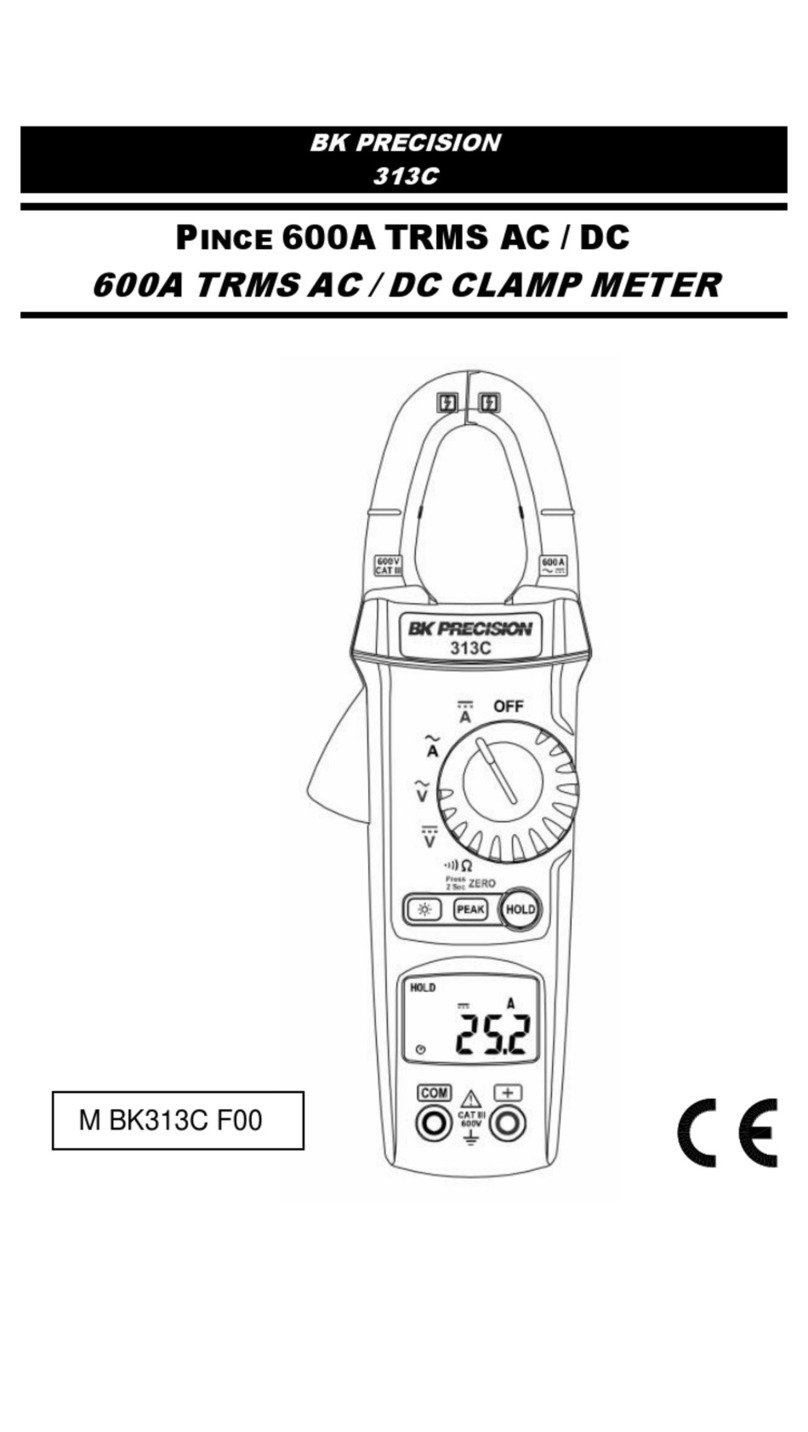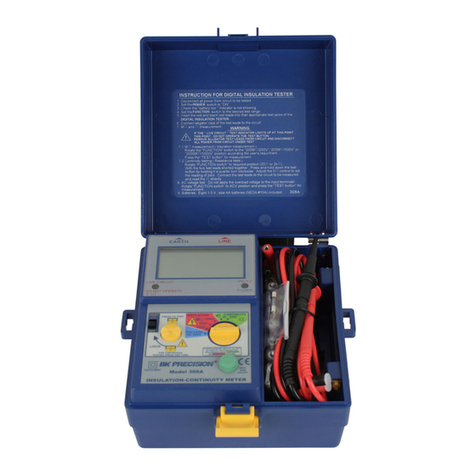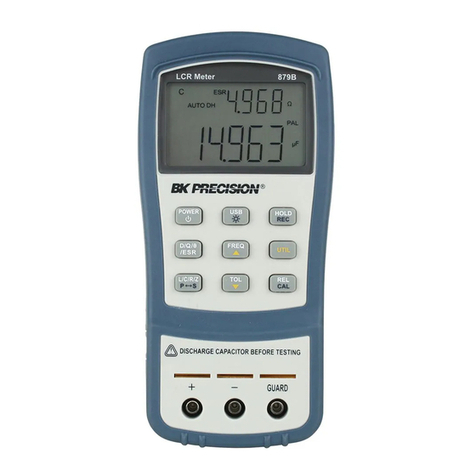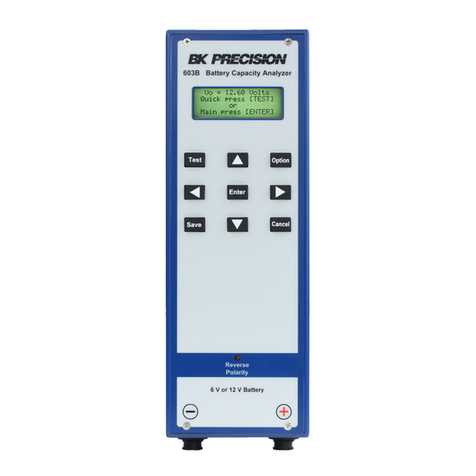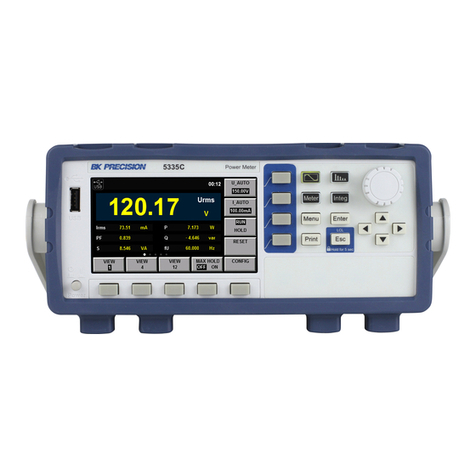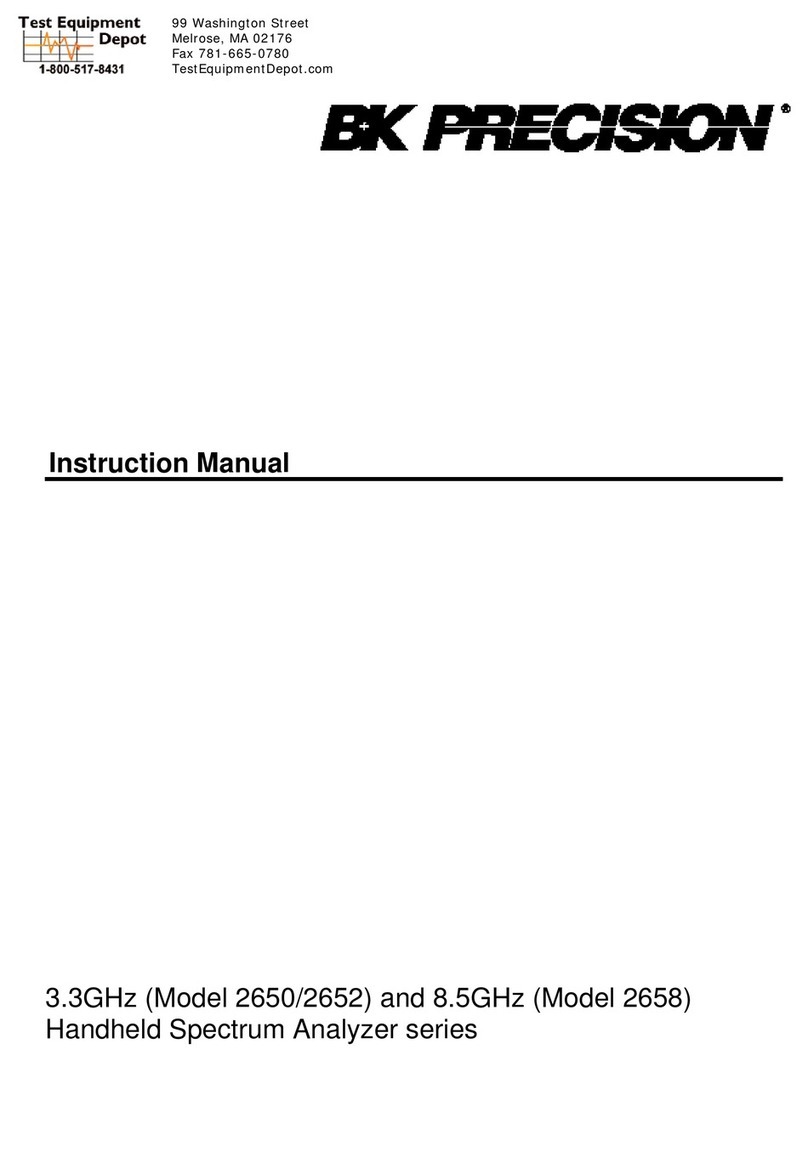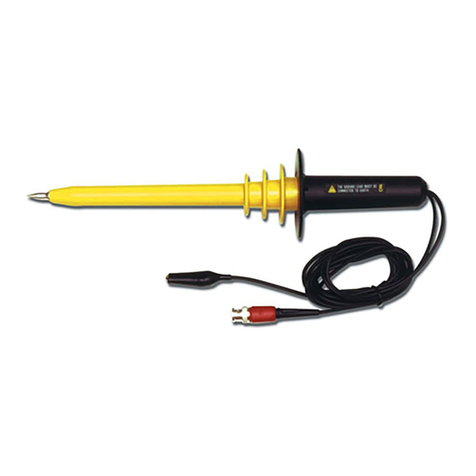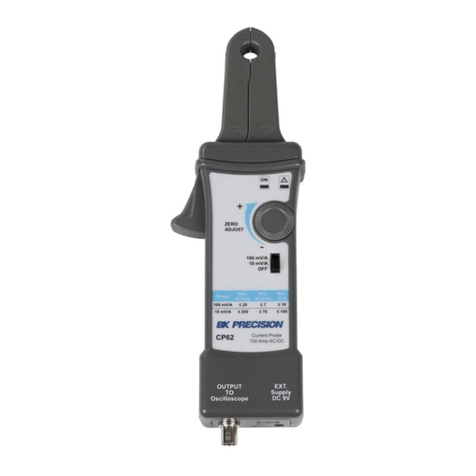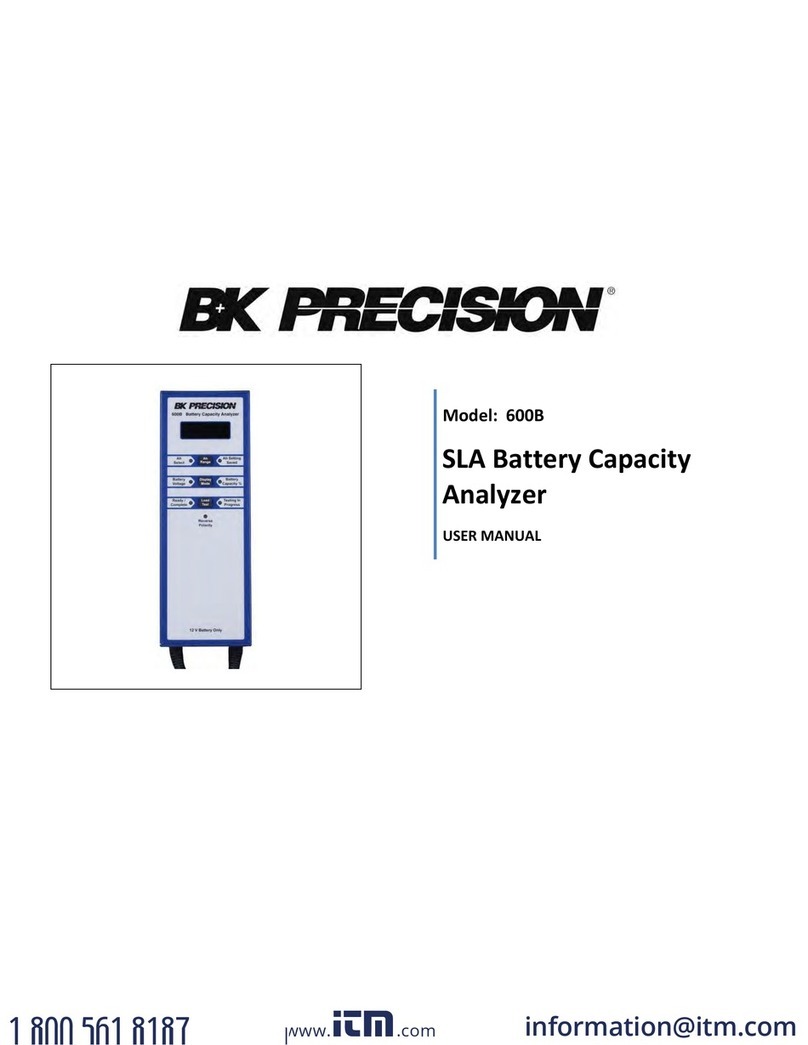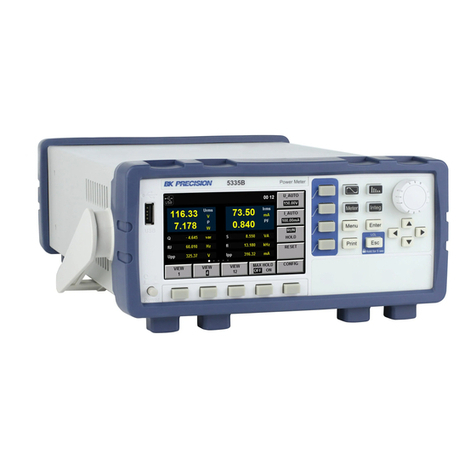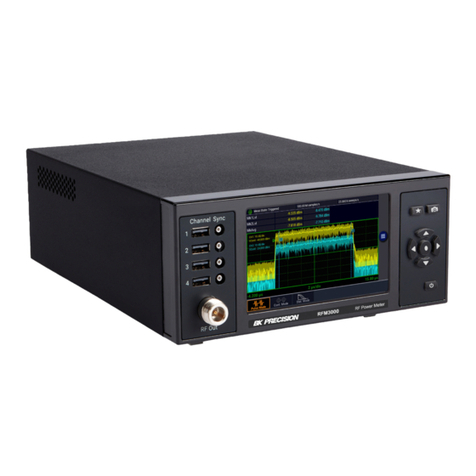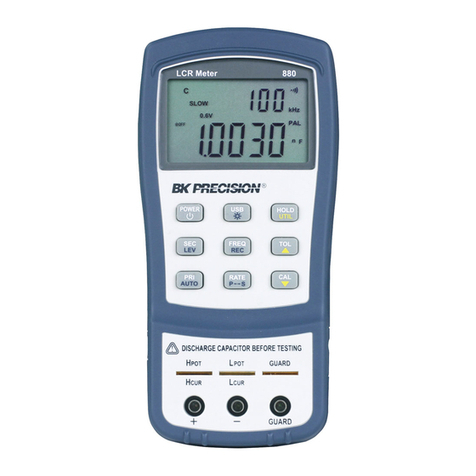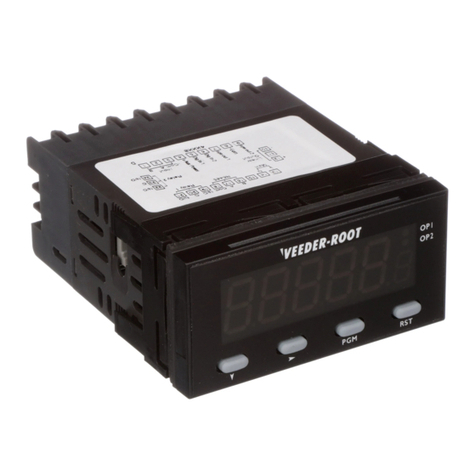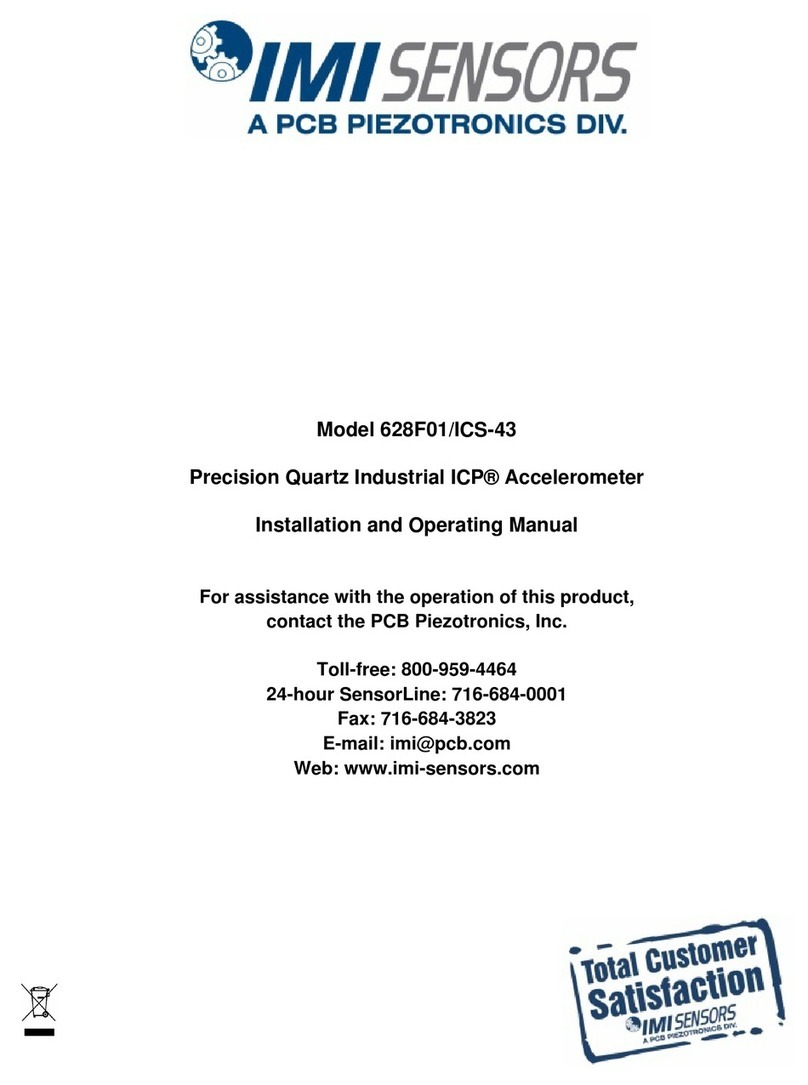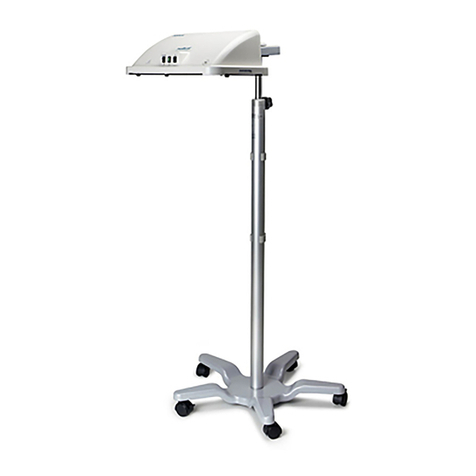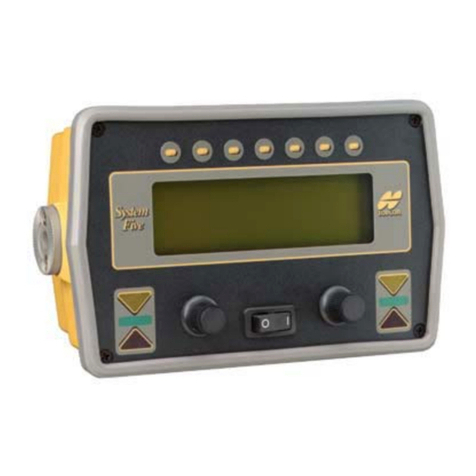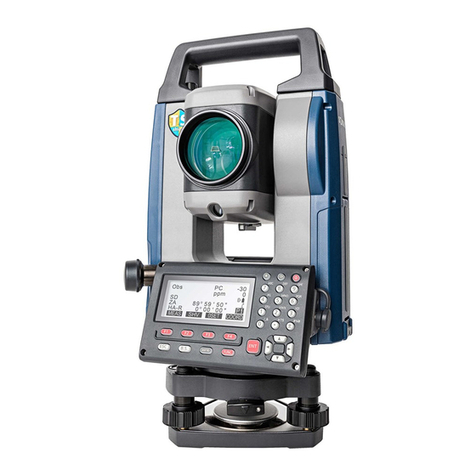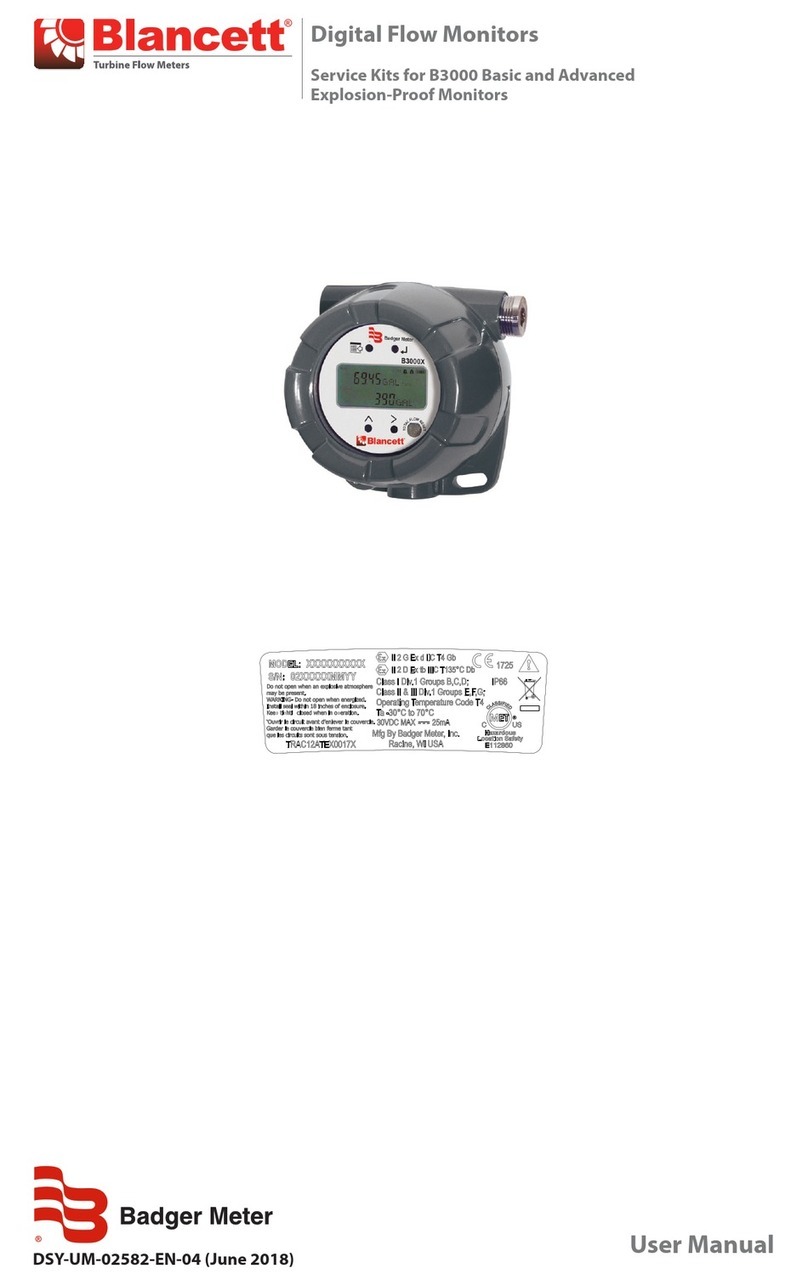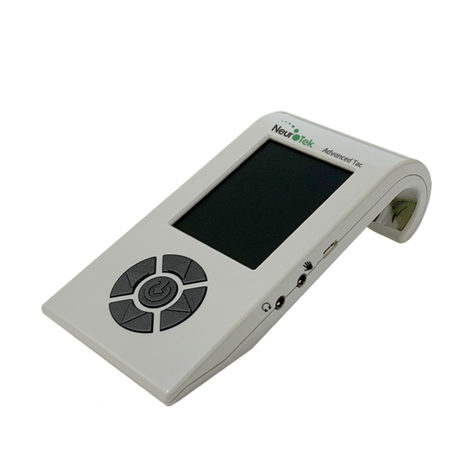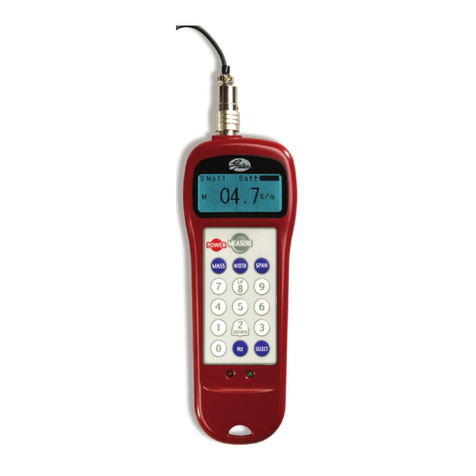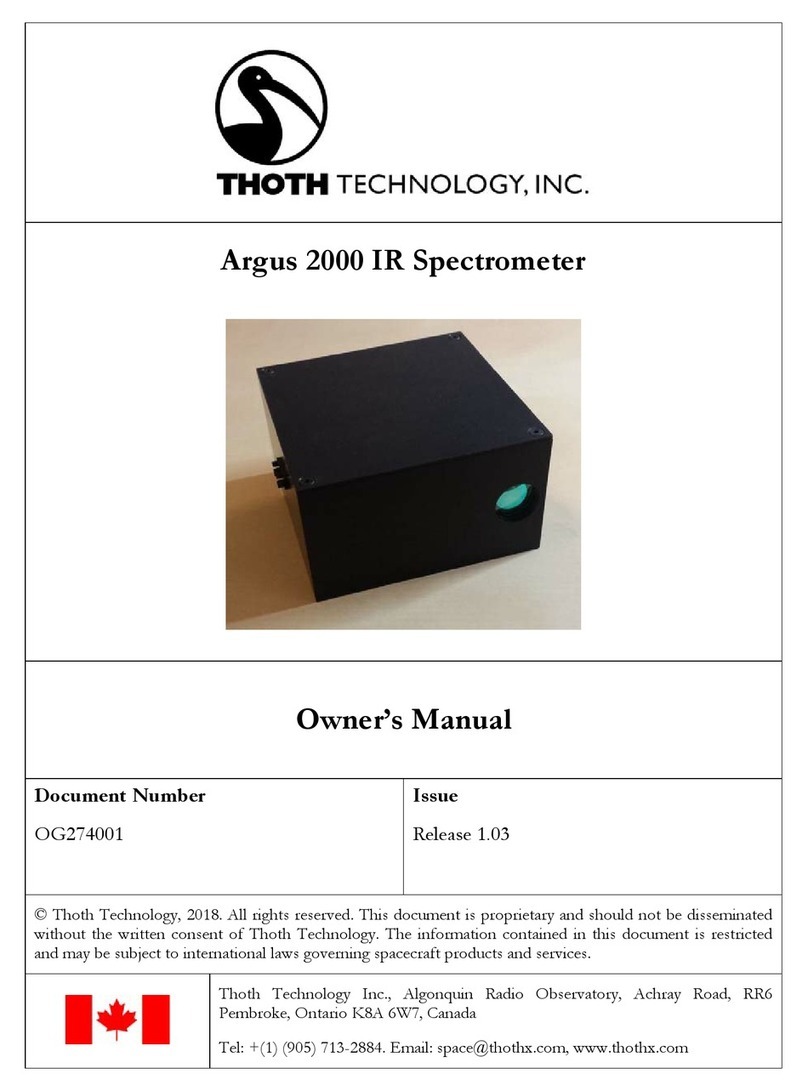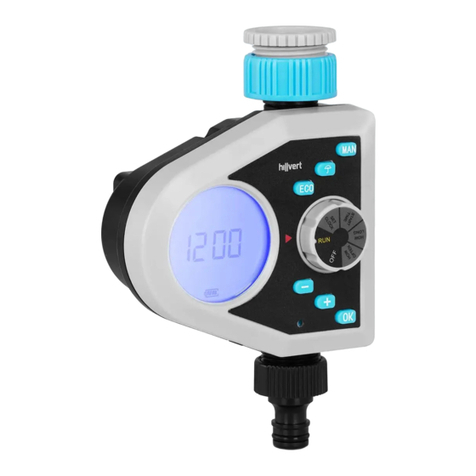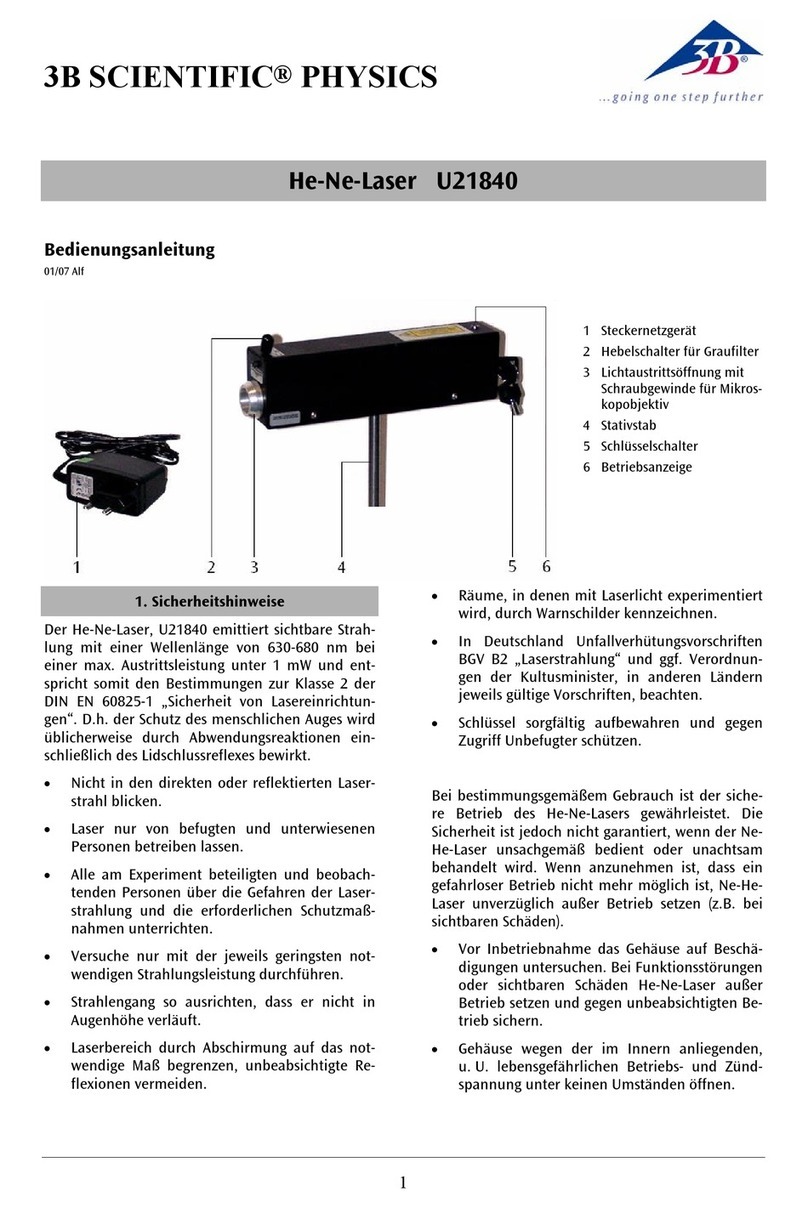
CIRCUIT DESCRIPTION
The 100 microampere meter movement is connected in the plate circuit of a
L2AU7 twin triode in a balanced bridge arrangement. The zero adjust control
sets up a balance between the two triodes so that with zero voltage applied to
the first grid, the potentials on each plate are equal. There will be no voltage
drop or difference in potential across the meter, and consequently the meter will
read zero. with a r,oltage applied to the first grid, the balanced condition is
upset causing a difference in the potentials on the two plates and consequently
across the meter. The meter will then indicate. The relationship between the
test voltage applied to the first grid and the current through the meter is linear
and therefore the meter is calibrated with a linear scale. one of the advantages
of a vacuum tube voltmeter circuit is the voltages to be measured are applied to
the tube and not directly to the meter. since the amount of current a vacuum
tube can draw is limited, the meter movement is electronically protected.
The maximum test voltage which is applied directly to the L2AIJ7 is approx_
imately 1.5 volts. A voltage divider network having a total resistance of l0
megohms reduces voltages higher than 1.5 volts. An additional isolating resist-
ance of 1 megohm, located in the test probe, is used in the DC position, making
it possible to take measurements in circuits with R-F components with a min-
imum disturbance.
AC measurements: D3 and D4 are used to rectify the test voltages providing
a DC voltage proportional to the applied AC. The DC voltages is then applied
through the voltage divider network to the input grid of the L2ALJ7balanced
bridge circuit causing the meter to indicate. The AC voltage scales
are calibrated
to read both RMS and Peal<-to-Peak
'alues. The 0-1.5vand 0-5.0V RMS low AC
scales have been especially calibrated to improve the accuracy of the meter on
these low ranges. stray pickup reduces the accuracy of any highly sensitive
vrvM on the lower AC ranges. with this special scale you have improved
accuracy that many other instruments do not have. In the 0-1.5,0-50,and 0-1b0
volt ranges, the full AC voltage being measured is applied to the diode rectifier.
A voltage divider network reduces the voltage on the 0-500, and 0-1500 voltage
ranges to limit the voltage applied to the diode to a safe level. when the instru-
ment is used properly, it is not possible to apply more than 150 volts to the
diode. when measuring any unknown voltage, always make it a habit to start
on the highest range, and then switch down to a more appropriate range.
For measuring resistances,
a 1.5 volt DC supply is connected through a series
of multiplier resistances
and the external resistance to be measured. This forma
a voltage divider circuit consisting of the l.s volt supply in series with one or
more multiplier resistors and the resistance under test. The voltage across the
unknown resistor is then proportional to its resistance This voltage is supplied
to the input grid of the 12AU7 balanced bridge circuit which produces an ohm-
meter scale reading proportional to the unknown resistance.
rn the "off" position the meter movement is automatically shorted to preven,t
damage in transit.
II




















